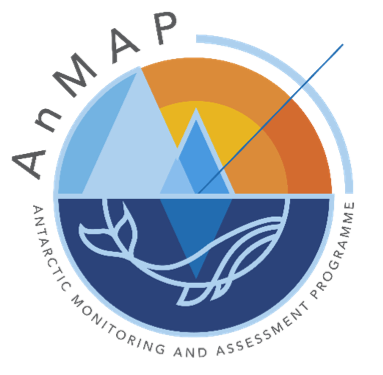 This month marks the inception of the Antarctic Monitoring and Assessment Programme (AnMAP) as a new body under SCAR. AnMAP has been established in recognition of the planetary chemical pollution crisis, and the unique value of the Earth’s Polar Regions as barometers of Planetary Health. AnMAP has been co-developed with the Arctic Monitoring and Assessment Programme (AMAP), will be hosted by Griffith University, and is a UN Ocean Decade Project.
This month marks the inception of the Antarctic Monitoring and Assessment Programme (AnMAP) as a new body under SCAR. AnMAP has been established in recognition of the planetary chemical pollution crisis, and the unique value of the Earth’s Polar Regions as barometers of Planetary Health. AnMAP has been co-developed with the Arctic Monitoring and Assessment Programme (AMAP), will be hosted by Griffith University, and is a UN Ocean Decade Project.
The principal function of AnMAP is to facilitate sufficient and reliable chemical observation data from the Antarctic region, in order to advise international chemical policy. It will do so via four foundation research pathways identified through a horizon scan by the SCAR ImPACT group published in The Lancet Planetary Health, namely:
- Input pathways of chemicals to Antarctica;
- Biogeochemical cycling of chemicals in a changing climate,
- Toxicological impact to Antarctic biota, and;
- Surveillance.
AnMAP was a founding objective of the SCAR ImPACT group, and the two SCAR bodies will work closely to facilitate standardised, quality-assured, continuous chemical observation data is generated and synthesised for policy.
